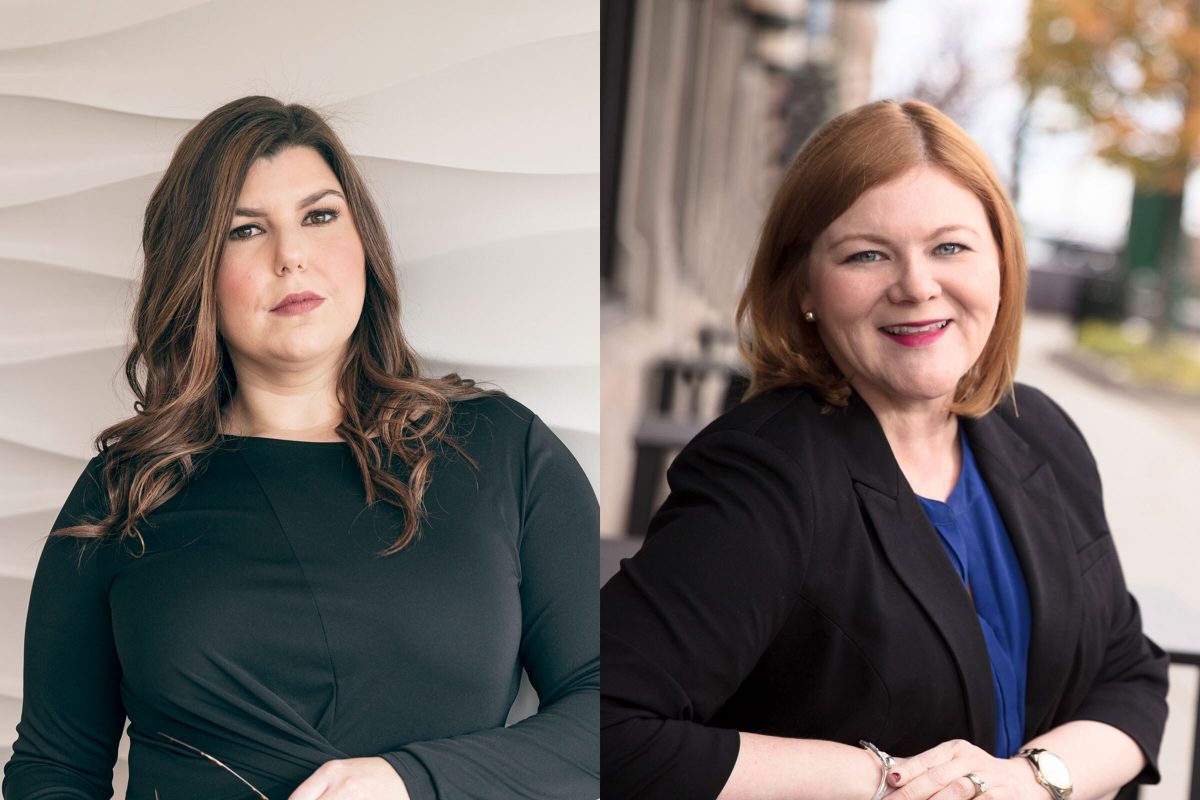I recently spoke at the Envision Conference on the complexity of comorbidity as it relates to the synthesis of body, mind and spirit. Although I was speaking more about how mindfulness practice can aid in increased compassion in care-related fields (the 150 in attendance were primarily counselors and nurses), I used the example of how we have changed our internal culture at Identity over the past year through creative integration to foster growth at our firm.
These are related simply because a happier team is a more engaged and productive team. Finding creative ways for those in the healthcare field to reconnect is no different than infusing creativity into any corporate structure to help team members be more engaged in their daily lives.
Creativity is no longer just for creatives.
Many people think creativity is something that designers do - a literal process that creates a design. Many people come to us and say “I am not that creative of a person. I can’t add value to these sessions. I am not good at that.”
I have always believed, and it has been proven to me over many years being involved in the creative process, that all people have the ability to be creative and can benefit from opening their minds to that potential and possibility. Some of the most creative people I have met write complex code for Web development, or build large-scale logistical operational plans. Managing a large warehouse requires creativity. I would go so far as to say the very best people in any field have the ability to be creative and have employed that in their practice.
I can boil down how to change your creative process in these ways: Don’t accept status quo, “good” is not enough and remove your ego and expectations. Below I break out these steps so you can employ them in your culture, too.
1. Don’t accept status quo.
This starts by removing this statement from your team’s language: “It's always been done that way,” or even worse, “That is what everyone (like our competition) does.” Putting a plan in place based on what has always been, or what is tried and true (and rarely is), will cause your team to think inside a box. A box within a box, with the lid closed and taped. When you are facing a new plan, a new sales strategy, a new internal process, etc., start from scratch. Throw out the status quo and clear the page. Start with what the absolute best outcome could be, and build backwards. Do not invite small thinkers, or those who always kill the idea before it leaves the room. Those who can only find fault will kill the process.
2. Good is not enough.
Another way to challenge status quo and develop a solution through creative thinking is to remove the phrase “It's good enough.” We say at Identity that “Great is the new good.” Everyone can do good work, but few do great work. If you don’t challenge your team to be as great as they can be, you will end up with good enough. Good enough makes you a “me, too” company. It creates wildly mediocre results and keeps you on a path to be forgotten. Set the bar high and allow people to try and reach it. Let them make some mistakes along the way. There are few brilliant company leaders or mega-brands on the market that didn’t have challenges and hiccups. Going safe is never a smart move. It creates apathy for your brand, service and culture.
3. Remove ego and expectations.
Anyone can have the next big idea - not just the big idea people. When creativity sessions are called for, invite a wide range of experiences and mindsets. The person who answers your phones probably knows more about client relations than they get credit for. The accounting person probably knows a lot about logistical structure outside of financial reporting. Bring in fresh eyes as often as you can. The same group of people in the same sessions over and over will probably produce similar results time and time again. Bringing new members of your company into these types of sessions will also increase their involvement and enjoyment of their positions. Isn’t that worth an hour of their time? Open up to the idea that not just the senior level people have all the answers. Remove ownership of those ideas, and the team may just blow your mind.
These are just a start. Creativity as a culture takes time and a shift in thinking. If you feel stifled and your culture seems stuck, try these few simple suggestions to start. You may just create a revolution in your culture as a result.
What other methods have you used to foster creativity in your culture?


